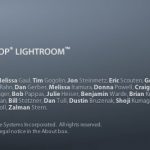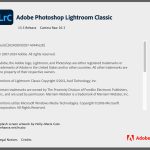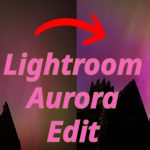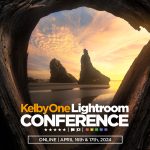It’s like Mac vs PC, or Canon vs Nikon for some people. It’s almost religious in fervour, which can be a little scary, because, after all, these ‘things’ are only tools. When you see an amazing photograph, it should be an emotional response. The last thing you should be thinking is “I wonder if this was shot on a Canon/processed on a Mac”. Maybe later, you may wonder about the steps used, but initially the impact of the photo should lift and hold you.
In some ways there is the same fervour with Raw Vs JPEG. Raw is king of the roost for post processing and flexibility, not to mention bit depth and better conversion to a given colour space. You should use it all the time, no matter the circumstances. Um.. well, you know, this is how I used to feel. Now? Not as much. In order to get the most from your Raw file, you need to shoot for the post processing, not for how the shot looks on the screen (that is, if you feel the screen is even a vaguely accurate representation of the image). Of course that means that you have to work on that file. And with Lightroom, batch processing to images to get to that point is a breeze, really taking the sting out.
So should you shoot Raw all the time? Probably, but I feel there are exceptions. By their nature, Raw files are large, so 2 things happen: Your card fills quicker, and your camera buffer fills quicker. Take a camera like the Canon 7D, which can do 10fps in JPEG.. but not in Raw. In circumstance where you have to get a lot of images in a very short space of time, then JPEG is the better option. Of course, you now have to get the exposure and white balance correct in camera. Raw makes photographers lazy. They know they have tons of latitude, and can often be ‘close enough’. JPEG makes you think a little harder to get the best file you can. If you do it right, then you may have no image processing to do after (bar captioning and keywording etc).
Specific examples of when JPEG can be better: Sports, Fashion Shows & Concerts. A lot of the top photographers in these fields shots JPEG, because they need the burst rate, and they don’t need to be interrupted with a card change. Obviously machine gun shooting is not the way to get the shot, but anticipating a moment and then burst firing can get the shot. Get the shot, that you missed, when your buffer was full because you shot Raw.
Am I advocating shooting JPEG all the time? By no means. Bar situations like those mentioned, you should stick to Raw. Improved card technology is helping increase the Raw buffer rates, as is the issue of storing larger files handled with ever increasing disk sizes. If you’re shooting at a slower rate, and quality is a bigger requirement than quantity, then Raw, all the way. But no high horses, because with Raw, you might miss that high horse jump. Or even.. horses for courses.









Sorry! Last 2 paragraphs in my post are transposed…
Great points all, Sean.
I always go back to ‘analog’ analogies. In this case ‘the film days’. The jpeg zealots arguments are a bit like saying ‘you gotta shoot polaroids or nothing!’ or ‘when you make your enlargements, you must expose so that you expose for the film outside the frame and make sure your black density is ‘this’ and there is no burning or dodging’. Crazy, to me.
Maybe that’s stretching a bit, but when I was learning photography, I learned that the negative was the thing. Today ‘capture is king’. Barring the circumstances you mentioned, why wouldn’t one want as much information as possible in the form of RAW data?
Keep up the good work!
As a photographer and retoucher, that’s what I NEED.